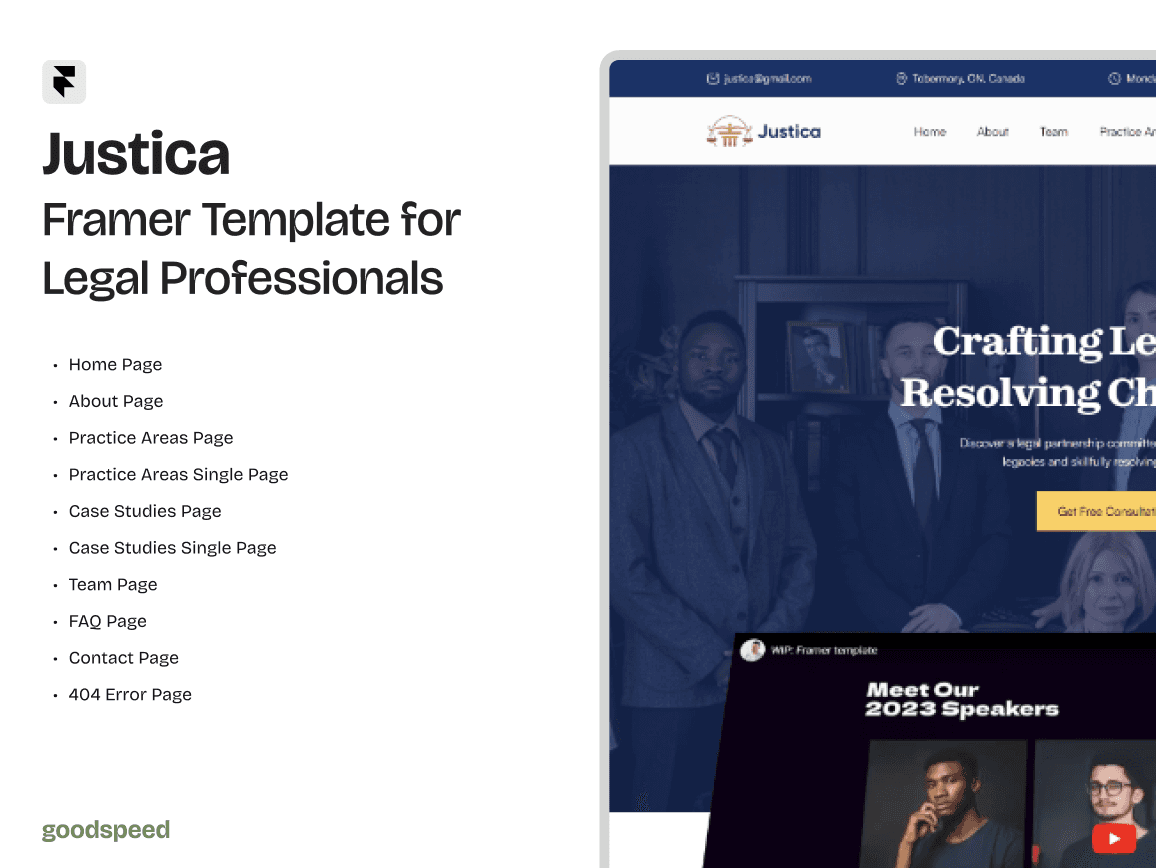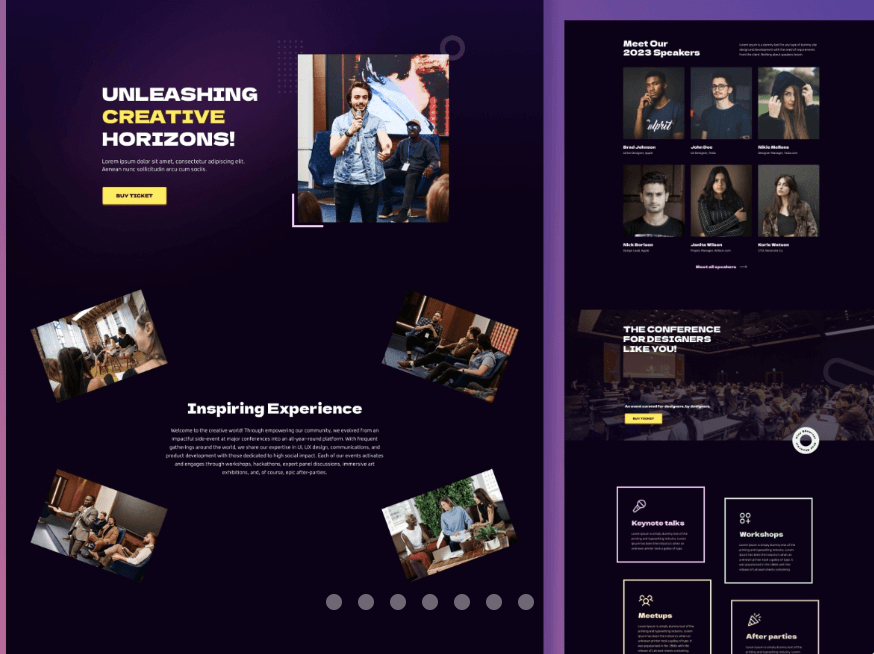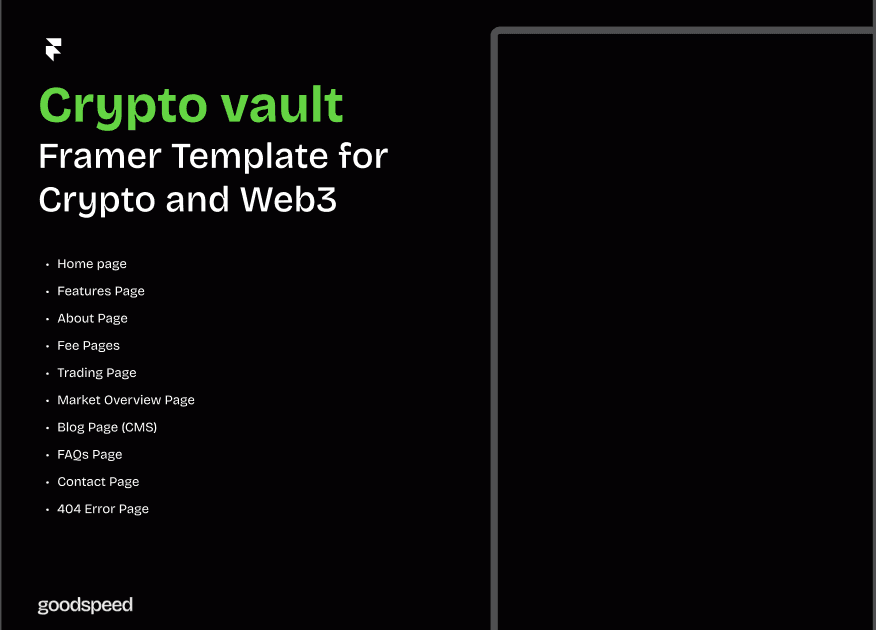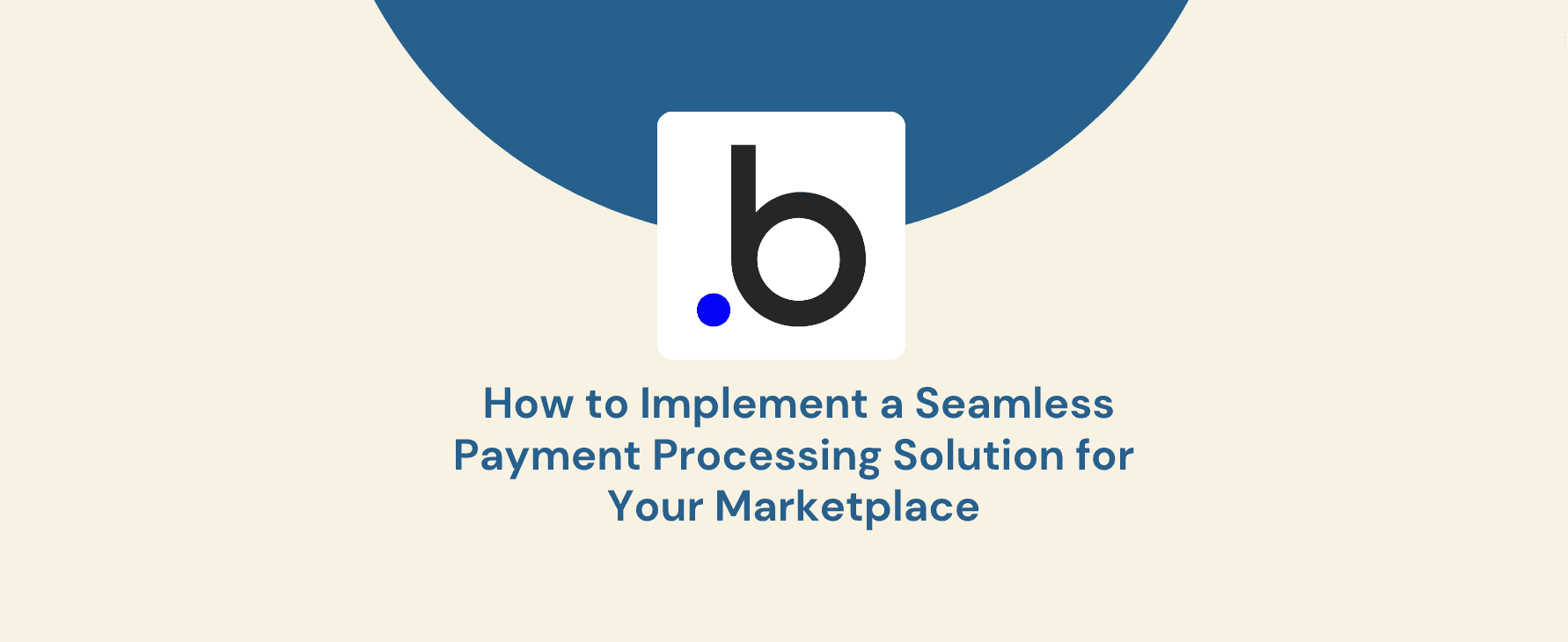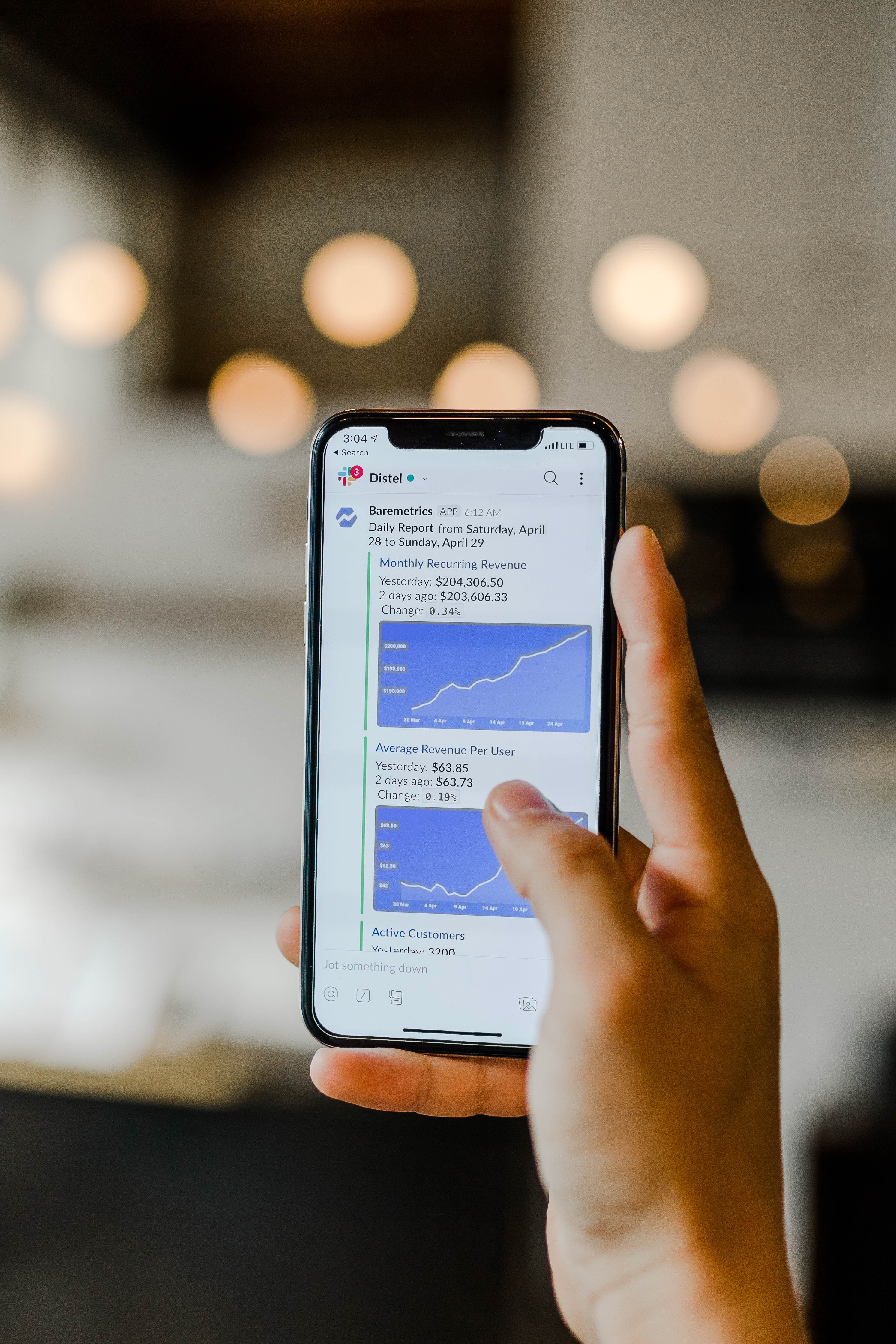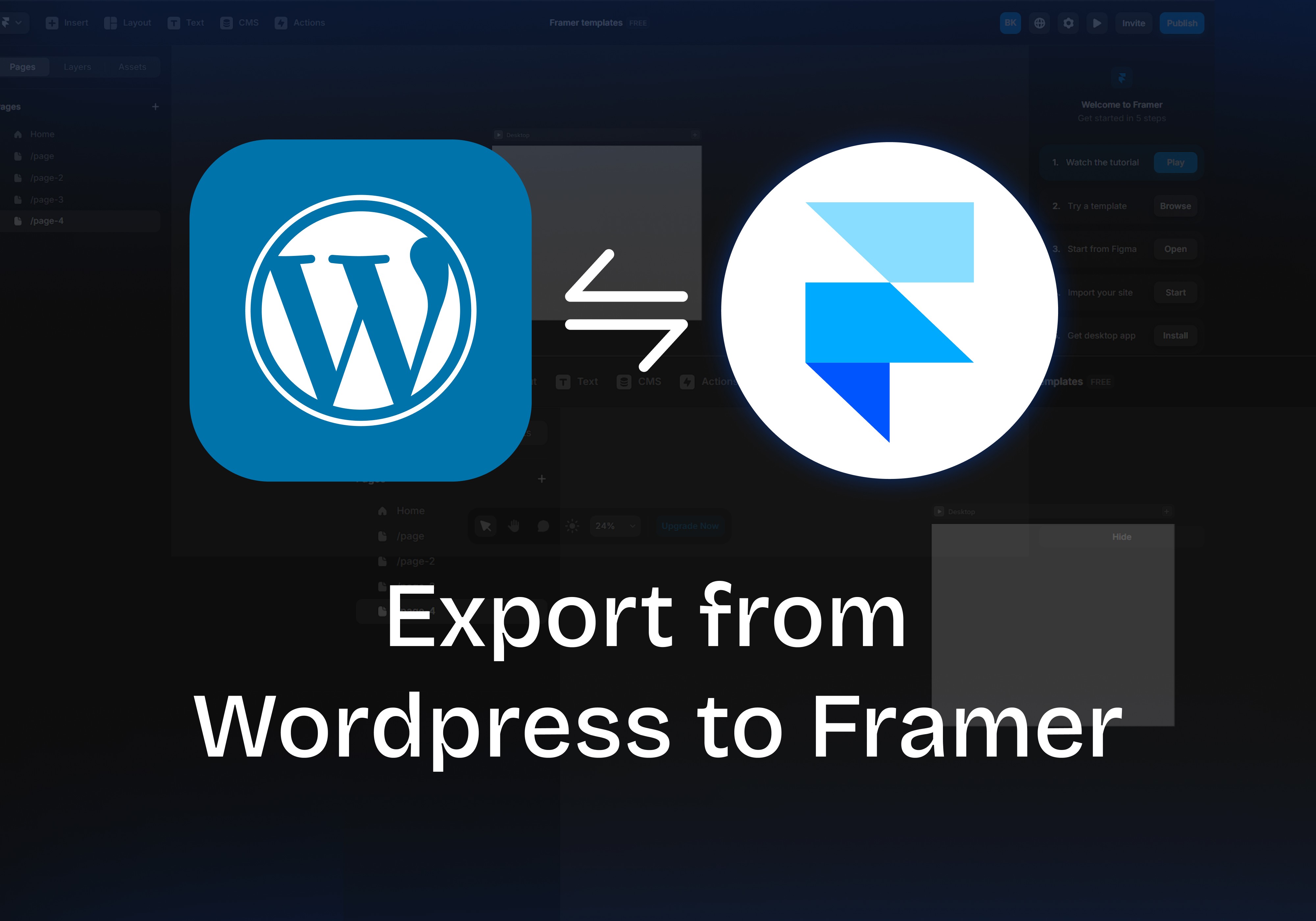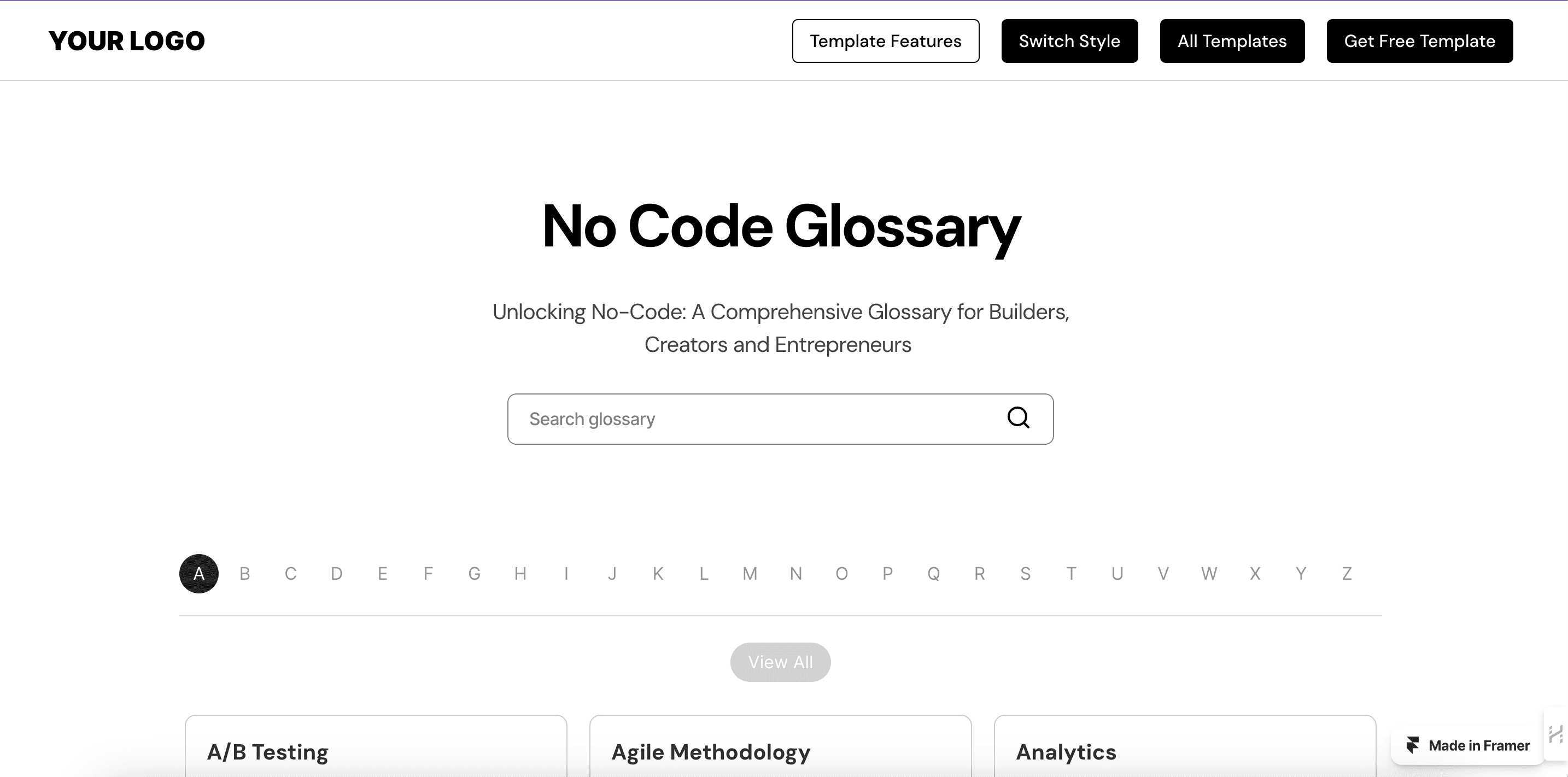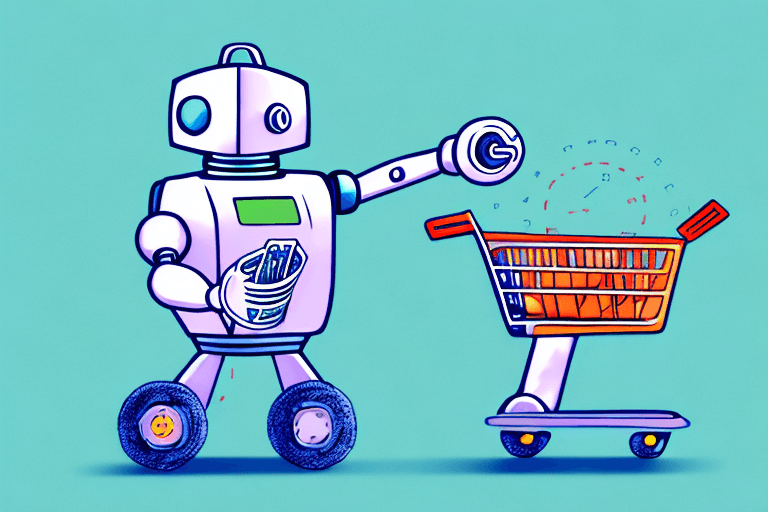Table of Contents
While Bubble's visual programming empowers anyone to build impressive web and mobile apps, mastering its full potential requires navigating increasing complexity as projects evolve. This presents an exciting challenge for seasoned developers, offering opportunities to refine their skills and push the boundaries of the platform.
This article aims to address complexity in Bubble app development, discuss the challenges developers face, and provide insights into strategies for overcoming these hurdles. Whether you are a seasoned developer or a newcomer to Bubble, understanding how to navigate and mitigate complexity is crucial for successful application development.
Understanding Bubble Database Structuring
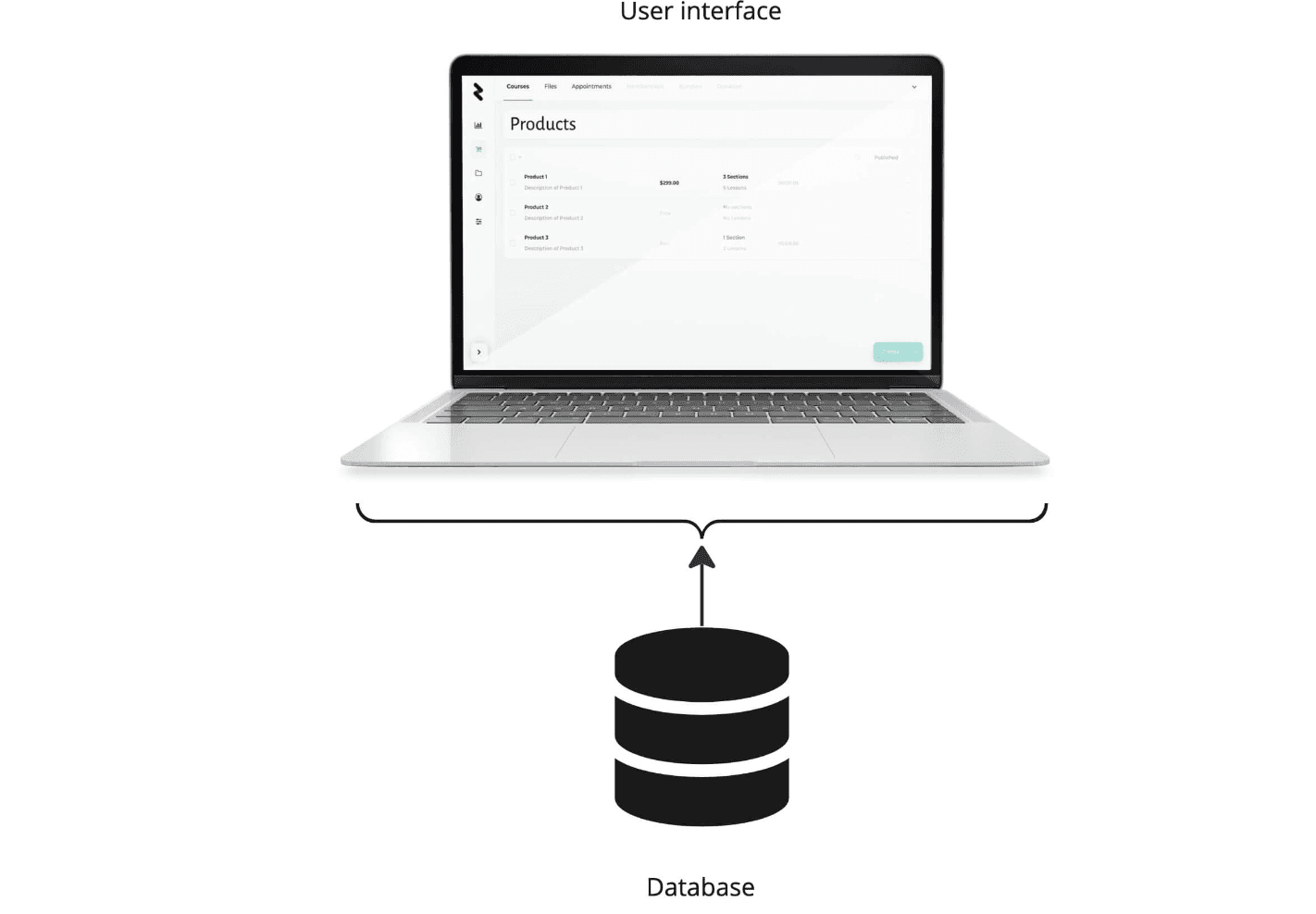
Bubble app development involves meticulous database structuring, setting the foundation for efficient data management and application functionality. Understanding and mastering database structuring in Bubble.io are pivotal aspects of successful app development. From meticulous planning to implementing optimized data manipulation practices and workflows, developers can navigate the intricacies of complex applications on the Bubble.io platform with greater precision and efficiency.
Importance of Planning and Sketching Out the Database
Early Planning: Before diving into development, it's crucial to plan and sketch out the database structure. This includes defining entities, relationships, and the overall architecture.
Benefits: Early planning ensures a clear understanding of the data model, reducing the likelihood of restructuring in later stages. It contributes to a more organized and scalable application.
Best Practices for Efficient Data Manipulation
Structured Data: Leveraging Bubble's structured data features, developers can efficiently organize and manipulate data. See forum to learn more.
Optimized Queries: Implementing optimized database queries reduces response times and enhances overall application performance.
Data Types and Fields: Carefully choosing data types and fields based on the nature of the information ensures accuracy and simplifies data manipulation.
Workflows Optimization for Complex Applications
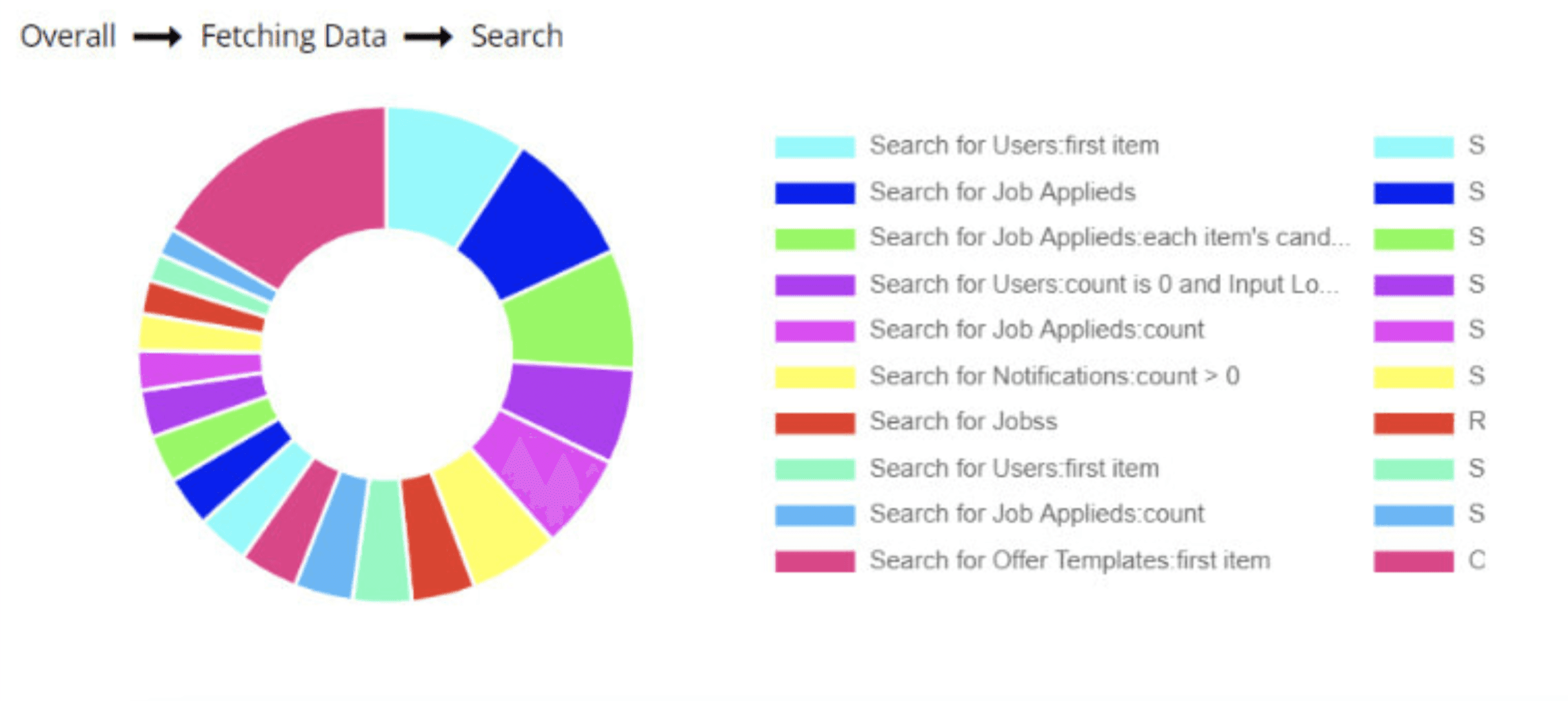
Workflow Design: Workflows in Bubble define the logic and behavior of an application. Designing efficient workflows is essential for complex applications.
Conditional Logic: Incorporating conditional logic allows developers to create dynamic and context-aware workflows, adapting to various scenarios.
Performance Monitoring: Regularly monitoring and optimizing workflows contribute to a smoother user experience and efficient app operation, especially as complexity increases.
Mobile App Development in Bubble
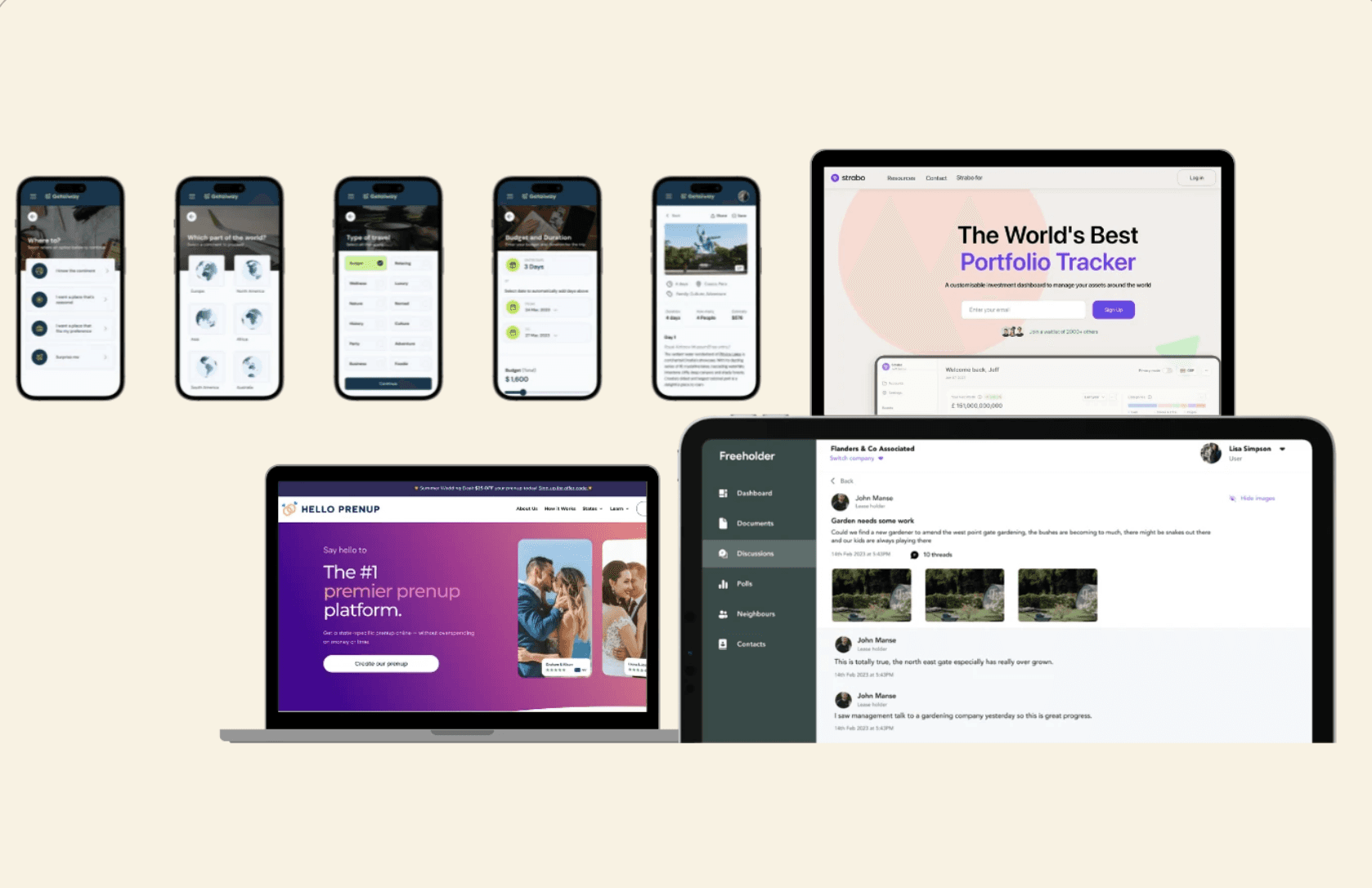
Mobile app development has become a critical aspect of the digital landscape, with users increasingly relying on smartphones and tablets. Bubble.io offers a versatile environment for mobile app development, but understanding the distinctions among responsive web apps, native mobile apps, and progressive web apps (PWAs) is crucial.
Distinctions Among Responsive Web Apps, Native Mobile Apps, and PWAs
Responsive Web Apps:
Definition: Responsive web apps are applications that adapt and provide an optimal user experience across various screen sizes and devices.
Characteristics: They use a single codebase that adjusts to different screen resolutions, making them accessible on both desktop and mobile devices.
Advantages: Cost-effective development, consistent user experience, and easier maintenance.
Native Mobile Apps:
Definition: Native mobile apps are typically made for specific operating systems using platform-specific languages. However, low-code platforms like Bubble offer an alternative. Bubble enables the creation of native apps for iOS and Android through a visual interface, eliminating the need for traditional coding languages. This allows users to design and build high-quality mobile applications without extensive programming expertise.
Characteristics: They leverage device-specific functionalities, offer superior performance, and provide a seamless, native user experience.
Advantages: Access to platform-specific features, enhanced performance, and the potential for better visibility on app stores.
Progressive Web Apps (PWAs):
Definition: PWAs are web applications that use modern web technologies to deliver an app-like experience to users, often with offline capabilities.
Characteristics: They combine the features of both web and mobile applications, allowing users to access content even in offline mode.
Advantages: Cross-platform compatibility, improved user engagement, and the ability to be installed on a device's home screen.
Can Bubble Be Used Effectively for Mobile App Development?
The answer is yes, but the choice between responsive web apps, native mobile apps, or PWAs depends on your project requirements. While Bubble.io primarily enables the development of responsive web apps, it also offers features and considerations for enhancing the mobile app experience.
Considerations and Strategies for Addressing Complexity in Mobile App Development with Bubble
Feature Selection: Choose features that align with the strengths of responsive web apps. Consider the need for platform-specific functionalities and assess whether a responsive design suffices or if a native approach is necessary.
Testing and Optimization: Regularly test your application on different mobile devices to ensure optimal responsiveness. Optimize workflows and elements specifically for mobile usage to enhance the user experience.
Progressive Enhancement: Implement progressive enhancement strategies, gradually adding features and optimizing the app for mobile users. This approach ensures a smooth transition without sacrificing functionality.
User Interface (UI) and User Experience (UX): Prioritize mobile-friendly UI/UX designs to create an intuitive and engaging experience for users on smaller screens. Consider touch-friendly elements and navigation patterns.
While Bubble.io excels in responsive web app development, careful considerations and strategies can enhance its effectiveness for mobile app development. By understanding the distinctions among various mobile app types and adopting thoughtful approaches, developers can leverage Bubble.io's capabilities to address complexity in the mobile realm successfully.
Exploring Bubble.io Features for Complex Apps
Building complex applications requires a deep dive into the features provided by Bubble.io. Exploring Bubble.io's features for complex apps reveals a versatile toolkit. From the intuitive drag-and-drop editor to robust workflows, flexible database management, scalability considerations, and community support, Bubble.io equips developers with the tools needed to build and scale sophisticated applications successfully.
Overview of Bubble's Drag-and-Drop Editor
Intuitive Design:
Definition: Bubble's drag-and-drop editor allows users to visually design their applications without writing code.
Characteristics: It provides an intuitive interface for assembling elements, defining layouts, and structuring the visual components of the app.
Advantages: Accessibility for both beginners and experienced developers, accelerated development process, and real-time visualization of design changes.
Utilizing Robust Workflows for Intricate Functionalities
a. Logic and Functionality
Definition: Workflows in Bubble.io define the logic and functionality of an application.
Characteristics: Developers can create workflows for tasks like user authentication, data manipulation, and implementing custom business logic.
Advantages: Efficient management of app behavior, customization of user interactions, and implementation of complex features without coding.
b. Dynamic Expressions and Data Sources
Definition: Dynamic expressions enable the use of data sources dynamically, allowing for real-time updates and interactions.
Characteristics: Developers can link data sources, create dynamic content, and implement interactive elements using Bubble's dynamic features.
Advantages: Enhanced user engagement, dynamic content presentation, and the ability to respond to user inputs in real time.
c. Advanced Capabilities
Definition: Beyond basic workflows, Bubble.io supports advanced capabilities such as conditional statements, custom workflow logic, and dynamic data handling.
Characteristics: Developers can implement complex business rules, condition-based actions, and dynamic data manipulation.
Advantages: Tailoring the app's behavior to specific scenarios, creating personalized user experiences, and handling intricate functionalities without traditional coding.
Flexible Database Management for Sophisticated Applications
Database Structuring
Definition: Bubble.io's database management system allows for the creation of complex data structures, relationships, and queries.
Characteristics: Developers can design sophisticated databases with multiple tables, define relationships, and structure data for optimal retrieval.
Advantages: Efficient data organization, streamlined data retrieval, and adaptability to changing application requirements.
Scalability Considerations
Definition: As applications grow, scalability becomes crucial. Bubble.io is designed to efficiently manage growing complexities.
Characteristics: The platform handles increased data, user base, and features without compromising performance.
Advantages: Ensures a smooth user experience as the app scales, minimizes potential bottlenecks, and allows for the expansion of features without significant reengineering.
Insights into Scalability and Community Support
Scalability
Considerations: Developers need to design apps with scalability in mind. Efficient database design, optimized workflows, and periodic performance evaluations contribute to scalable applications.
Strategies: Regularly optimize workflows, monitor database performance, and anticipate scaling requirements as the application evolves.
Community Support
Role of Community: The Bubble.io community serves as a valuable resource for developers. It provides a platform for knowledge sharing, troubleshooting, and collaboration.
Benefits: Engaging with the community allows developers to learn from others' experiences, seek advice, and stay updated on best practices.
Resources: Community forums, tutorials, and third-party courses contribute to a supportive ecosystem where developers can enhance their skills.
Overcoming Challenges in Bubble App Development
Building sophisticated applications in Bubble.io comes with its unique set of challenges. Overcoming challenges in Bubble app development involves a combination of proactive strategies, continuous learning, and community engagement. By addressing common pitfalls, implementing effective mitigation strategies, and drawing insights from experienced developers, you can navigate the complexities of Bubble app development with confidence and success.
Addressing Common Challenges and Pitfalls
Data Structures and Management
Challenge: Designing efficient data models for large datasets with intricate relationships and validation rules.
Solution:
Normalization: Break down complex data structures into smaller, normalized tables for better performance and data integrity.
Data Types and Relationships: Utilize Bubble's data types and relationship features to define data structures precisely.
Validation Rules: Implement robust validation rules to ensure data accuracy and prevent errors.
Plugins: Leverage plugins like Bubble Magic's Airtable Connector for complex data management and Airdev's DataLoader for bulk data import/export.
Workflow Orchestration
Challenge: Avoiding spaghetti logic and maintenance nightmares in sprawling workflows for complex functionalities.
Solution:
Modularization: Break down complex workflows into smaller, modular units with clear functions and dependencies.
Workflow Groups and Custom States: Organize logic and prevent code sprawl using workflow groups and custom states.
Reusable Elements and Plugins: Utilize reusable elements and plugins like Bubble's Reusable Workflows and Zeroqode's Workflows Toolbox for efficient workflow creation and management.
State Machines: Implement state machines for complex logic branching and control flow.
Performance and Scalability
Challenge: Ensuring smooth performance and scalability as user base and data volume grow.
Solution:
Performance Optimization Techniques:
Analyze bottlenecks using Bubble's built-in tools and profiler plugins like GoSquared Insights.
Optimize workflows to avoid unnecessary data fetching and pre-load frequently accessed data.
Utilize Bubble's server-side scripts for computationally intensive tasks.
Database Optimization: Employ techniques like data indexing and caching to improve database performance.
Scalability Strategies: Consider cloud scaling options like Bubble's enterprise plans and external hosting platforms.
Custom Functionalities and Integrations
Challenge: Mastering custom code and complex integrations while maintaining code cleanliness and compatibility.
Solution:
Mastering Bubble's Custom Code Editor: Learn advanced coding techniques and best practices for Bubble's custom editor.
External APIs and Plugins: Utilize plugins like Bubble's API Connector and Integromat for seamless integration with external services.
Code Cleanliness and Documentation: Prioritize code cleanliness and documentation for future maintainability.
Seek Expert Assistance: Consider hiring experienced Bubble developers for complex custom-code integrations.
Security and User Management
Challenge: Balancing user experience with robust security measures and sophisticated user management systems.
Solution:
User Authentication and Authorization: Implement robust authentication and authorization mechanisms utilizing plugins like Bubble's Social Login and Zeroqode's Advanced Security.
Data Security: Encrypt sensitive data, regularly update Bubble and plugins, and conduct vulnerability assessments.
User Experience: Design secure user interfaces and experiences that prioritize user privacy and data protection.
Tips and Strategies for Mitigating Complexity
Incremental Development
Strategy: Break down the development process into manageable increments.
Benefits: Incremental development allows for continuous testing, feedback, and refinement. It helps in identifying and addressing issues early in the development cycle.
Documentation Practices
Strategy: Maintain comprehensive documentation for your application.
Benefits: Documentation aids in understanding complex logic, data structures, and workflows. It becomes a valuable resource for both current and future developers working on the project.
Version Control
Strategy: Implement version control practices for collaborative development.
Benefits: Version control allows multiple developers to work simultaneously, track changes, and revert to previous states if needed. It ensures a more organized and controlled development environment.
User Feedback Loop
Strategy: Establish a feedback loop with end-users throughout the development process.
Benefits: Regular user feedback helps in refining features, addressing usability issues, and ensuring that the application meets user expectations. It contributes to a more user-centric and successful development approach.
Learning from Experienced Bubble Developers' Insights
Community Engagement
Insight: Engage actively with the Bubble.io community.
Benefits: Learning from experienced developers, participating in discussions, and seeking advice from the community can provide valuable insights and solutions to common challenges.
Real-World Examples
Insight: Study real-world examples of Bubble applications.
Benefits: Analyzing successful applications built on Bubble.io provides practical insights into effective development strategies, user interfaces, and workflow implementations.
Continuous Learning
Insight: Embrace a mindset of continuous learning.
Benefits: Given the dynamic nature of technology, staying updated on new Bubble.io features, best practices, and industry trends ensures that your skills remain relevant and your development approach evolves.
Collaboration and Pair Programming
Insight: Collaborate with other developers and consider pair programming.
Benefits: Working with others fosters knowledge exchange, accelerates problem-solving, and introduces fresh perspectives. Pair programming allows for real-time code review and enhances code quality.
Community and Resources
Navigating the landscape of Bubble app development becomes significantly more manageable with the support of the vibrant Bubble community. The platform's community is a valuable resource where developers, both novices and experts, exchange knowledge, share experiences, and offer solutions to challenges.
Benefits of Community Engagement
Knowledge Sharing: The community serves as a hub for sharing tips, tricks, and best practices. Engaging with fellow developers provides insights into overcoming specific challenges in Bubble app development.
Troubleshooting: When faced with a roadblock or a complex issue, the community becomes a forum for seeking assistance. Experienced Bubble developers often offer solutions and guidance, fostering a collaborative environment.
Useful Resources
Bubble Forum: The official forum is a go-to place for discussing development techniques, seeking advice, and connecting with other Bubble enthusiasts. Regularly participating in forum discussions can expand your understanding of Bubble app development.
Tutorials and Documentation: Bubble.io provides comprehensive tutorials and documentation. Whether you're a beginner or an experienced developer, these resources offer step-by-step guides and in-depth explanations of various features.
Third-Party Courses: Numerous third-party courses and learning platforms provide structured lessons on mastering Bubble app development. Platforms like Udemy and No Code MBA offer courses ranging from beginner to advanced levels.
Scalability and Future-proofing
One of the primary concerns in addressing complexity is the scalability of your Bubble app. As your application grows, accommodating increased data, users, and features becomes paramount. Fortunately, Bubble.io is designed with scalability in mind, making it a reliable choice for projects of varying sizes.
Key Considerations for Scalability
Efficient Database Design: Structuring your database with scalability in mind allows for optimal data retrieval and manipulation. As your user base expands, a well-designed database ensures smooth performance.
Workflow Optimization: Continuous optimization of workflows becomes crucial as your app scales. Identifying and mitigating bottlenecks in your workflows guarantees responsive and efficient functionality.
Strategies for Future-proofing
Stay Informed: Regularly update yourself on new features, updates, and best practices within the Bubble.io ecosystem. Staying informed ensures you can leverage the latest tools and optimizations for your app.
Flexible Architecture: Design your app's architecture with flexibility in mind. Anticipate potential changes and additions, and create a structure that can adapt to evolving requirements without significant overhauls.
Mastering Bubble.io Efficiency: Essential Tips for App Development
Efficiency is a cornerstone of successful Bubble app development, especially when dealing with complexity. Mastering Bubble.io efficiency involves adopting strategies and techniques that enhance your workflow, streamline development processes, and optimize the performance of your applications.
Key Efficiency Tips:
Utilizing the App Search Tool: The app search tool in Bubble.io is a powerful feature that can significantly improve efficiency. Identifying and addressing instances where certain fields are underutilized or redundant can lead to a more streamlined and resource-efficient application.
Optimizing Workflows: Workflows are at the heart of any Bubble app, and optimizing them is crucial for efficiency. Review and refine your workflows regularly, ensuring that they are well-organized, logical, and free of unnecessary steps. This not only improves performance but also makes your app more maintainable as complexity grows.
Leveraging Reusable Elements: Reusable elements in Bubble.io allow you to create modular components that can be reused across different pages. This not only saves time during development but also promotes consistency and makes updates more straightforward.
Efficient Data Handling: As your app deals with more data, optimizing how it is handled becomes essential. Utilize Bubble's data source options wisely, implement data caching when appropriate, and avoid unnecessary data calls to enhance overall efficiency.
Building complex applications in Bubble.io presents both exciting challenges and valuable opportunities. While navigating increasing complexity requires careful planning and strategic approaches, it also enables developers to refine their skills and push the boundaries of the platform. Mastering Bubble's features, leveraging the supportive community, and adopting efficient development practices are key to successfully overcoming these challenges and building impressive, scalable applications.
Keep in mind that addressing complexity in Bubble app development is not a one-time task but an ongoing process of learning, adapting, and optimizing. With the right strategies, community support, and a solid understanding of Bubble.io's features, you can build and maintain complex applications that meet the evolving needs of your users.
Stuck on a complex Bubble feature? Get unblocked with Goodspeed's Bubble Expert Developers. Schedule a free consultation today and see how we can bring your Bubble idea to life.
Frequently Asked Questions (FAQs)
1. What are the biggest challenges of building complex apps in Bubble?
Complex Bubble apps can face challenges in data management, workflow orchestration, performance optimization, custom functionalities and integrations, and security and user management.
2. How can I structure my data effectively for complex apps?
Plan your data structures meticulously, utilize data types and relationships, and consider normalizing your database. Explore plugins like "Bubble Magic's Airtable Connector" for advanced data handling.
3. What are some tips for organizing and optimizing complex workflows?
Break down workflows into smaller, modular units with clear functions. Utilize workflow groups, custom states, and reusable elements. Leverage plugins like "Bubble's Reusable Workflows" and "Zeroqode's Workflows Toolbox."
4. How can I ensure my Bubble app performs well with large datasets and user bases?
Analyze performance bottlenecks, optimize workflows and database queries, utilize pre-loading and caching mechanisms, and consider Bubble's server-side scripts for intense tasks. Plugins like "GoSquared Insights" can help monitor performance.
5. What are some best practices for building custom functionalities and integrations in Bubble?
Master the custom code editor, utilize external APIs and plugins like "Bubble's API Connector" and "Integromat," prioritize code cleanliness and documentation, and seek expert assistance for complex integrations.
6. How can I keep my Bubble app secure for sensitive data and user interactions?
Implement robust authentication and authorization mechanisms, encrypt sensitive data, regularly update Bubble and plugins, and conduct vulnerability assessments. Plugins like "Bubble's Social Login" and "Zeroqode's Advanced Security" can help.
7. What are some resources to help me continuously improve my Bubble app development skills?
Actively learn new Bubble features, participate in the community forums and workshops, take courses, stay updated on plugin advancements, and consider seeking help from experienced Bubble developers.


